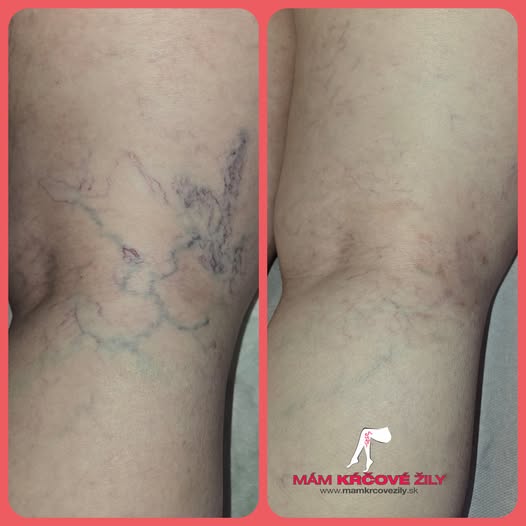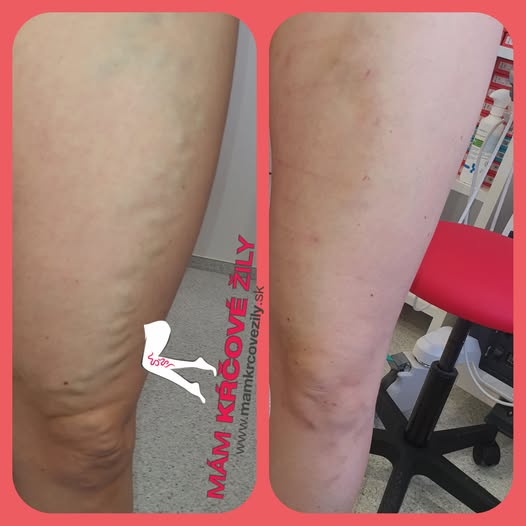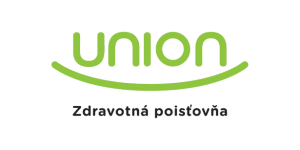
- This is one of the most modern methods of treatment of varicose veins.
The method is minimally painful, takes up to an hour and the patient’s return to normal life is almost immediate. - The procedure is performed using radiofrequency, the thermal energy of which allows the flaccid vein wall to retract.
- It is suitable for patients with varicose veins, especially in cases where the large veins are damaged and cause symptoms such as pain, swelling or risk of complications (such as thrombosis).
The course of the procedure
- The procedure is performed by inserting a radiofrequency catheter through an introducer into the affected vein, where the working temperature is developed to 120 degrees Celsius over a stretch of about 7 cm. In this way, the affected vein is gradually closed segmentally.
- During the operation, a cold saline solution is injected into the area around the vein trunk together with an anaesthetic to cool the vein and prevent thermal damage to the surrounding tissues. The anaesthetic contained in the solution will prevent the perception of pain.
- The procedure is gentle, safe and well tolerated by patients. No haematomas are formed, the patient does not feel pain and can return to normal activities in a short time.
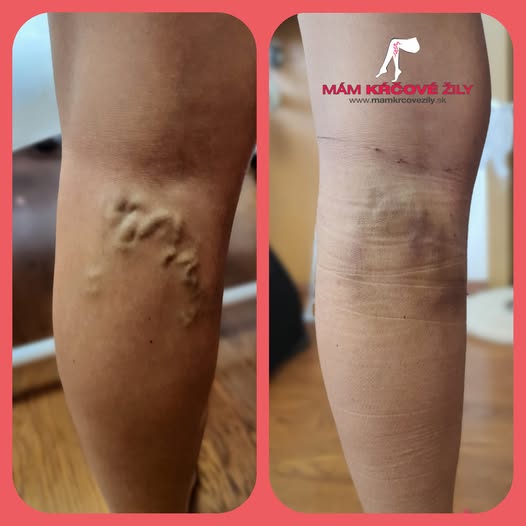
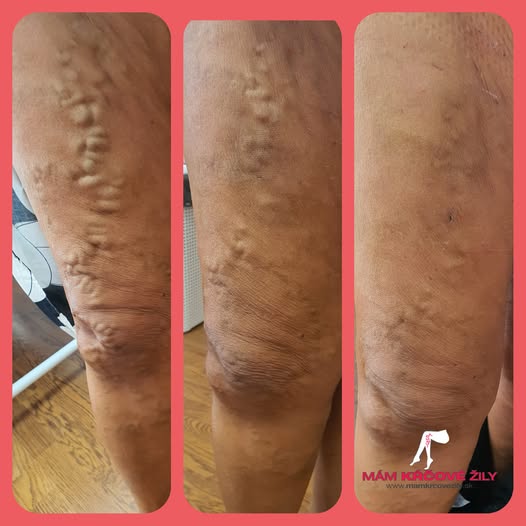
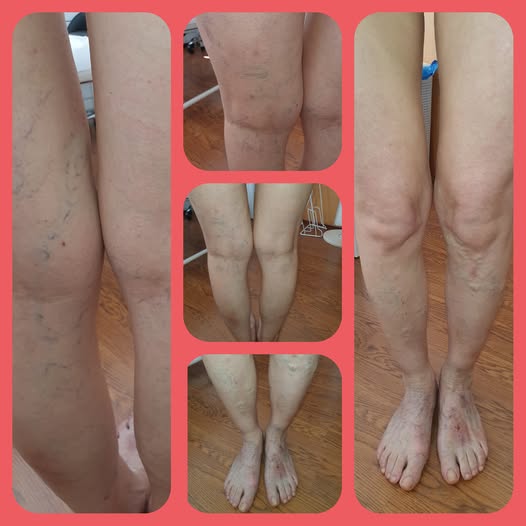
Before the procedure
- Before varicose vein surgery with radiofrequency ablation, your doctor will find out what problems your varicose veins are causing you, examine your venous system and assess the extent of the damage. The best examination is an ultrasound, from which the doctor will detect non-functioning vein sections in which there is evidence of backward blood flow (the vein valves stop sealing and do not adequately prevent the backward flow of blood attracted by gravity).
- The doctor then informs you about the extent of the possible surgery. Patients of our vascular surgery outpatient clinic are operated on in a day surgery mode. After 1 to 2 hours, the patient goes home.
After the procedure
- After radiofrequency ablation, it is recommended to wear compression stockings to help speed recovery and promote circulation. Patients may experience mild tenderness or bruising at the site of the procedure, which usually resolves quickly.
Make an appointment today!
Book your appointment


